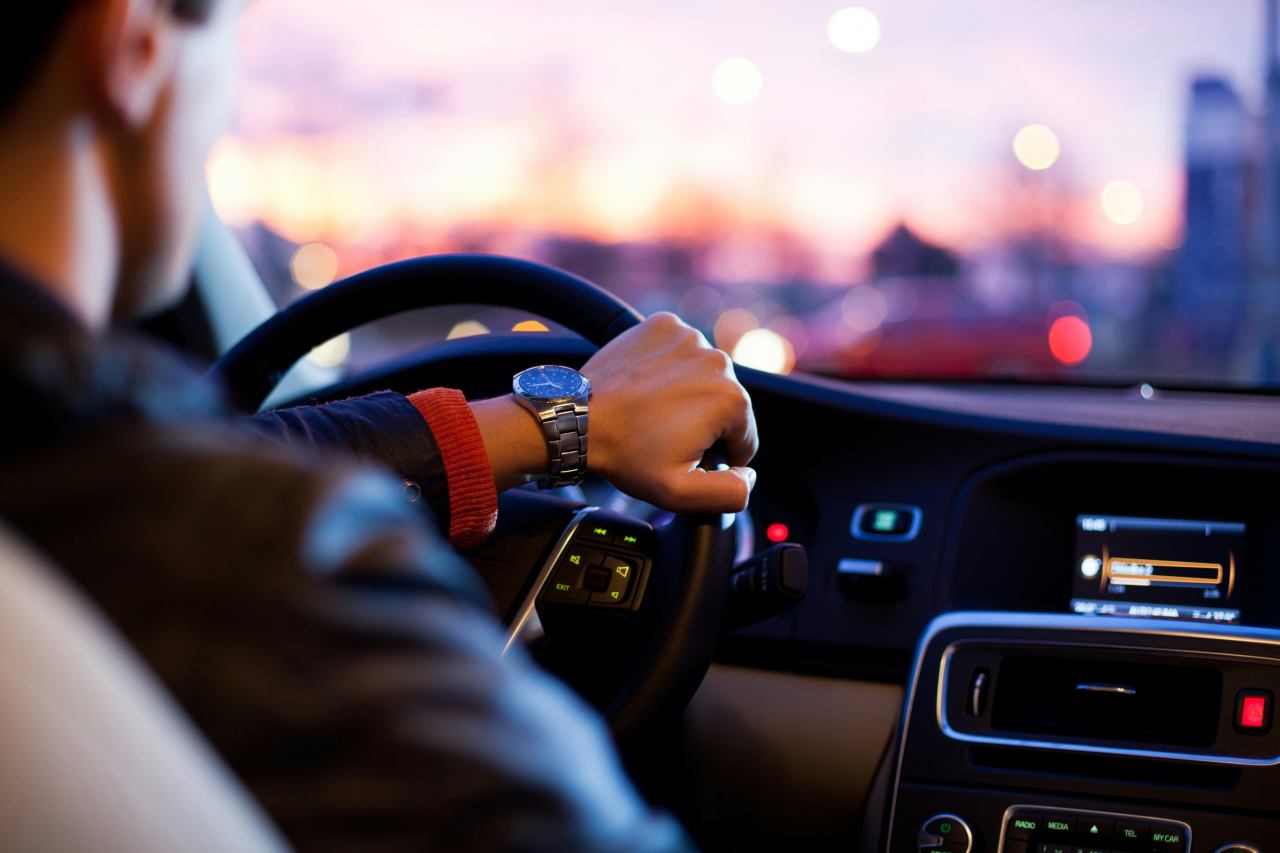Humans arrive so hardwired with an inexplicable need to attempt stupid stuff, it's a miracle we don't all use the umbilical cord to bungee-jump from the womb.
We're not all Knievel-level crazy, sure, but everyone's got an Evel side we like to put to the test every now and again. Base-jumping, shark-diving, Trump-voting: history is punctuated by people attempting silly things, with little thought to the consequences.
So, in the interests of your good health, and your car's, we present to you the five stupid things you've always (well, that we've always) wanted to do in a car, but were too afraid to try.
Because this way, you won't have to. You can thank us later.
1: What happens if you engage an electric handbrake while driving?
We all know what happens when you yank a traditional handbrake when driving (and if you don't, Google 'Ken' and 'Block' for a lesson in all kinds of smokey awesomeness), but what happens if you push or pull one of those little electric ones that have replaced the old-school lever in just about every car these days?
Well, not much, depending on how long you hold it for. It is make and model dependent, of course, but generally speaking, an inbuilt safety feature ensures you won't dive into a tyre-locking spin should you accidentally touch the parking-brake button.
In fact, generally speaking, nothing (except maybe a warning chime) will happen if you momentarily push it. In some cars, though, holding it up (or down) will activate the car's regular brakes, bringing you to a controlled stop, rather than launch a smoking handbrake stop.
.jpg)
Or, as is the case with Mazda vehicles, pulling and holding the button for several seconds will activate the parking brake just the same as if you were pulling up a traditional lever, which is an extra safety layer should something go catastrophically wrong with your regular brakes.
"On our cars, regardless of speed, the park brake is still considered a secondary brake in the event of catastrophic failure," a Mazda engineer told us. "So, if you pull and hold it for a few seconds, it will still function as a handbrake.
"If you accidentally bump it, nothing will happen. but if you need it in an emergency, you can pull and hold it to slow the car down."
2: What happens if you try to out-run a speed camera?
Ah, one of life's great mysteries: how fast is fast enough that a speed camera won't be able to capture that incriminating licence-plate image?
The answer? Too fast. The authorities, for obvious reason, are a little coy on the subject. But some brave souls have hypothesised. US publication Road & Track applied a scientific mindset to the issue, with the help from students from the University of Leicester's Master of Physics, and deduced that you would need to be travelling at a brisk 119 million miles per hour to ensure your plates weren't visible when screaming past a modern speed camera.
If that seems a little hard to reach, however, the TopGear TV team attempted this very experiment, and at speeds of over 270km/h, the speed camera failed to capture an image of the plate. In fact, it didn't detect a passing car at all.
Keep in mind, however, that was up against 15-year old technology (back when the Nokia 3310 was the world's best-selling phone) so it's fair to say things might have changed just a little since.
3: What happens if you accidentally hit reverse instead of fifth gear on a freeway?
You're bombing down the freeway, and you push your manual gear stick up to grab fifth, but accidentally select reverse instead. What happens next? And how much will you die?
Almost all manual vehicles have a lock that will prevent you selecting reverse accidentally.
These days, you should be a-okay, but you could still severely damage your gearbox. Almost all manual vehicles have a lock that will prevent you selecting reverse accidentally, but it could make a growling, graunching sound to warn you that you're doing something silly. That sound, by the way, isn't a good one for the long-term health of your gearbox.
But our friendly engineer also explained to us the dark art of "synchro-matching", making it all but impossible to push the gear stick into reverse at speed, but putting your 'box at risk of damage should you try and force it.
4: What happens if you push your automatic transmission into Park while driving?
It's always best to come to a complete stop before shifting your automatic transmission into gear - but it's also best to chew 30 times before swallowing your food, and who's got time for all that?
Yes, we're all guilty of shifting from Reverse to Drive (or the other way around) before the car comes to a complete stop, but what if you were to select Park? And what if you were to do it at speed?
.jpg)
First, inside your automatic transmission is a lock (a parking pawl), which is what stops your car moving when you put it in Park. And while most modern cars won't allow the pawl to engage until the vehicle is moving at a slow enough speed, exactly what speed that is is a grey area. Even at super-slow speeds, though, you're transmission might howl slightly and the car will jerk to a stop - not something akin to mechanical sympathy.
The modern car is largely idiot-proof, but the above still comes with a giant 'Do Not Try This At Home' warning label.
If you were to force an older transmission into Park at pace, however, the pawl might attempt to engage, shearing or shattering and causing potentially terminal - and expensive - damage to your gearbox.
Or, as our engineer put it: "You won't spin out and lose control. But you could damage - possibly forever - that parking interlock. And a few of the hydraulic circuits as well."
5: What happens if you run your tank completely dry?
Running your petrol engine bone dry - and yes, we're speaking from personal experience - isn't terminal, but it can be ferociously annoying.
If your car is new enough to offer engine sensors and warning lights, and most are, running out of fuel will usually trigger your check engine light as a precautionary measure, and will require a trip to the dealership for a once over and reset.
There's also risk of damage to the fuel pump, for which petrol acts as a lubricant and as a coolant. Some motoring bodies also warn that running your tank even close to empty sucks up the sediment and other nasties from the bottom of the tank, potentially clogging your fuel filter.
.jpg)
There was once a time when, if you were driving a diesel, running out of fuel was a very bad idea, and could require bleeding/priming before you could restart the engine, but the modern diesel should take care of that for you.
"Since the introduction of the common-rail diesel, you can pretty much fill back up and set off. These days it's much the same as petrol," says our Mazda engineer.
So, in summary, the modern car is largely idiot-proof, but the above still comes with a giant 'Do Not Try This At Home' warning label.
Or, in final words of our Mazda engineer: "We've tried to think of all the silly things you can do, and we always aim to ensure yours and the occupants' safety is the key outcome. But in saying that, please don't try this at home..."

.jpg)



.jpg)

.jpg)

